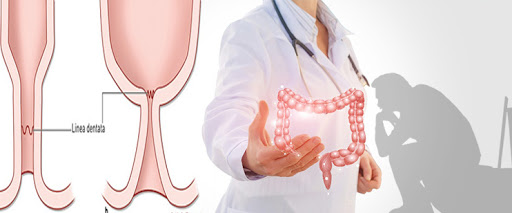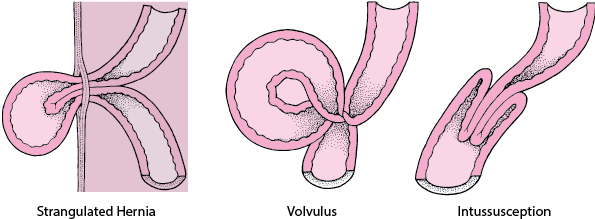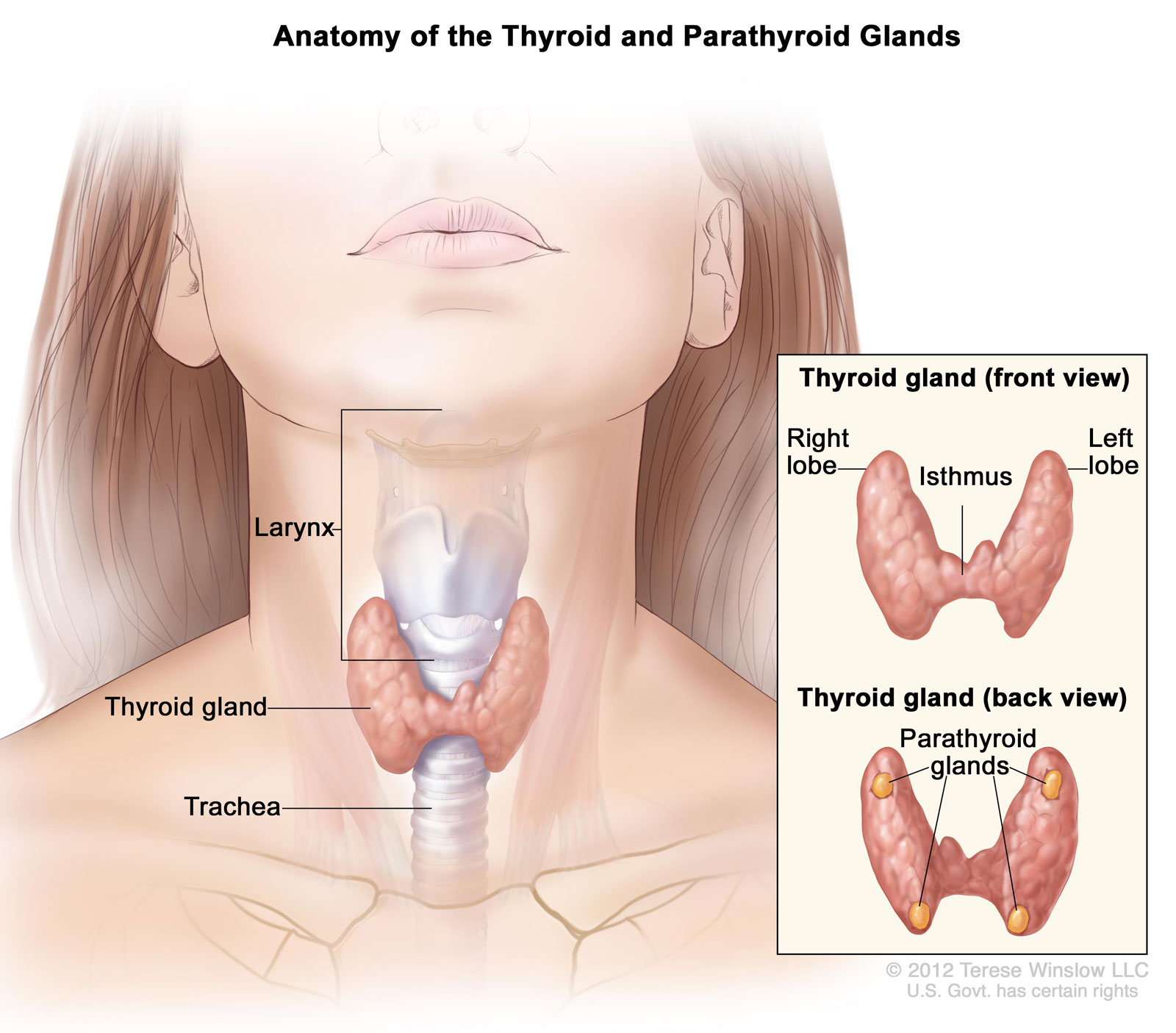
Inguinal Hernia with Local Anesthesia & Double Mesh PHS (ON STEP)
Inguinal Hernia with Local Anesthesia & Double Mesh PHS (ON STEP)
An inguinal hernia is a bulge in the femoroinguinal region, which is due to the projection and passage of intra-abdominal adipose tissue or intestine through the inguinal canal, through which the spermatic vessels in men and the round ligament of the uterus in women normally pass. When the bulge is large, it enters the scrotum, called a scrotal hernia or scrotal inguinal hernia.
An inguinal hernia can exit through a small opening (internal opening of the inguinal canal), in which case it is called an oblique inguinal hernia, or exit through the entire posterior wall of the canal, in which case it is called a straight inguinal hernia.
The oblique hernia can present with acute pain with swelling and then we are talking about hernia incarceration. This means an emergency and requires immediate surgical treatment within 8 hours, to prevent necrosis of the incarcerated content. On the contrary, the direct inguinal hernia is not incarcerated. However, this can rarely happen in very large inguinal hernias, where their content is strangled in the ring, due to size.
The treatment of inguinal or scrotal hernia is always surgical and can be done either with the open or laparoscopic method. In both cases, a special inguinal hernia mesh is always placed.
The most well-known methods of open surgical repair of inguinal hernia are:
- Bassini
- Halsted (or Potemski-Girard)
- Forgue
- McVay
- Shouldice
- Lichtenstein mesh repair
- PHS double mesh repair (ON STEP)
The most well-known methods of laparoscopic repair of inguinal hernia are:
- Transabdominal preperitoneal repair or TAPP (Transabdominal Pre-peritoneal Repair)
- Totally extra-peritoneal repair or TEP (Totally extra-peritoneal repair)
But what is the method of choice today? Which method is best for my problem?
The answer is inguinal hernia WITH DOUBLE MESH (ON STEP with Double Mesh PHS)
Indeed, today the method of choice proposed is the surgical repair of the inguinal hernia with double mesh (ON STEP) PHS (non-absorbable material) or with VHS (semi-absorbable material). Open method with local anesthesia and sedation or epidural anesthesia, that is, without general anesthesia.
Inguinal Hernia with Local Anesthesia & Double Mesh PHS (ON STEP) – Advantages of the method:
1. The construction of the mesh is such that it allows one surface to be placed inside the abdomen and the other outside, thus embracing the abdominal wall like a “sandwich”.
Placement of Double Mesh PHS
2. After its placement, the more the pressure inside the abdomen increases, the more it sticks to the abdominal wall and therefore has little to no chance of recurrence.
3. Only 2-3 stitches are needed for its fixation with the “tension-free” method, so there is no tension postoperatively and the pain is almost non-existent.
4. The incision is approximately 4-5 centimeters long and is repaired with a plastic intradermal suture, so there are no stitches.
5. The operation lasts approximately 45 minutes and is performed without general anesthesia, with local anesthesia and sedation or epidural.
6. Depending on the size of the hernia, the patient can be discharged the same night (ODC).
7. Immediate return to daily life. The patient’s return to normal activity and employment, if he does office work, is in 3 days. If he does moderate work, it ranges from 7 to 10 days, and if he does heavy work (e.g. construction worker), in approximately 1 month.
8. Lower surgical cost.
Comparison with the Laparoscopic technique
- The laparoscopic technique is very good, but it is a larger operation.
- It requires general anesthesia.
- The technique requires the creation of pneumoperitoneum (i.e. to inflate the abdomen with CO2 gas), therefore the patient is more burdened, without particular clinical benefit.
- It has more possible complications (hydroma), and a higher rate of recurrences.
- The laparoscopic technique has a particular indication in inguinal hernias, both in the left and right, as well as in the best postoperative aesthetic result.









